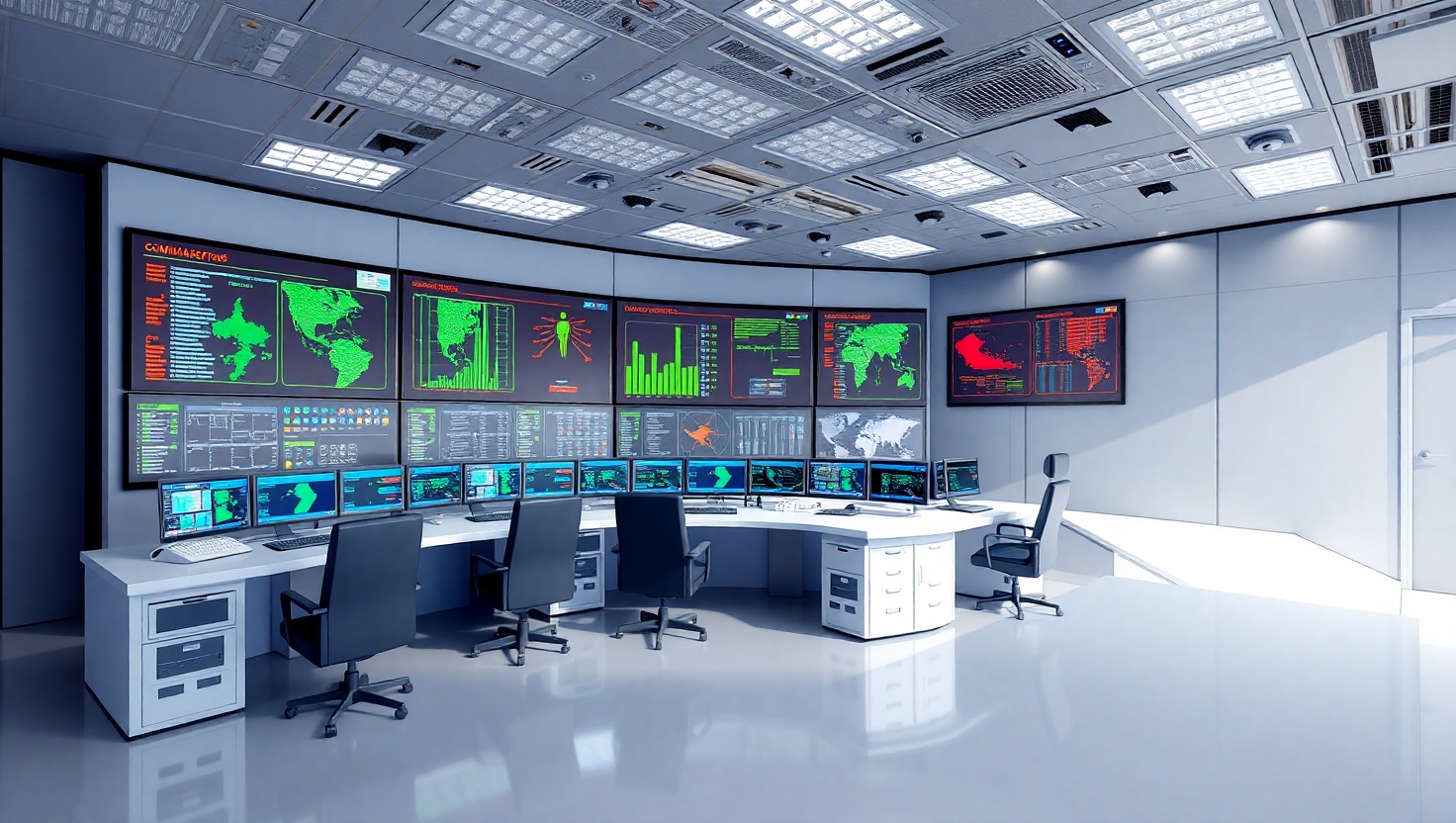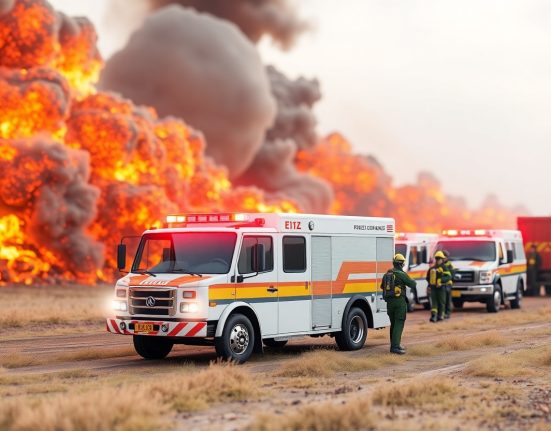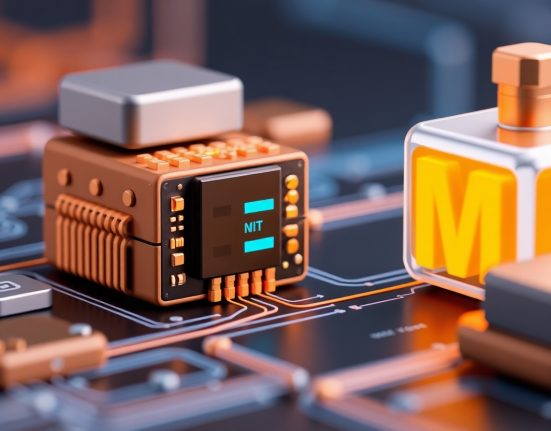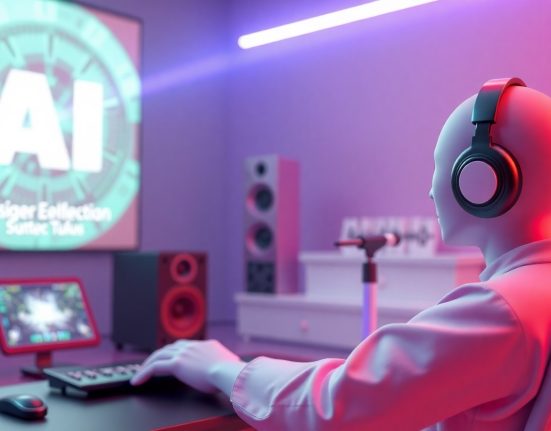Managing emergency systems is one of the most complex and fascinating fields out there. At its heart lies the ability to make critical decisions quickly and efficiently. Command and control during emergencies aren’t just technical terms or job titles—they’re the beating heart of real-time response when every second counts. This work requires a powerful blend of advanced technology, extraordinary human abilities, and seamless coordination between many different entities—all with one purpose in mind: to save lives, prevent disasters, and restore normalcy as fast as possible.
What’s truly amazing about command and control work is the deep integration between information systems, real-time communication, and a sharp understanding of the situation on the ground. In a world where emergencies evolve rapidly—from traffic accidents, fires, and terror incidents to global pandemics—command and control centers must be agile, precise, and highly reliable. Their role isn’t just to receive information from various sources, but to analyze it quickly, assess risks, and guide emergency teams in the field with pinpoint accuracy. Success in this field depends not only on having the right data, but on making sure that the right people get the right information exactly when they need it—while operating under intense pressure.
One of the most exciting aspects of this field is the way it brings together cutting-edge technologies like satellite communications, smart sensors, live camera feeds, AI-powered analytics, and advanced event management platforms, with the human element—commanders, system operators, and field personnel. In moments of crisis, machines are essential, but it’s the human brain, instant decision-making, and professional experience that really determine the outcome. The people behind the systems go through rigorous training to stay calm under pressure, think clearly, and lead their teams to the best results possible.
You really see the impact of good emergency control when all the different systems work together smoothly, and every organization gets exactly the data it needs, right on time. Take a large fire, for example: control centers can track the spread of the flames, direct teams to the most critical points, shut down roads, and guide safe evacuation efforts. Without advanced command and control systems, the response would be slower, more chaotic, and often less effective—putting more lives and property at risk.
Personally, I’m passionate about this field because it shows how technology can truly serve humanity. It’s not just code or complex systems—it’s the backbone that allows emergency units to be ready, connected, and focused, even when everything is falling apart. Every small upgrade in these systems can make a huge difference, turning into a life-saving tool or a disaster-prevention breakthrough. It’s a space where tech and people work hand in hand, and together they become the force that makes the difference between life and death.
In short, command and control in emergency systems isn’t just a technical process—it’s an art of timing, leadership, and coordination. It requires deep knowledge, up-to-date tools, and the ability to handle uncertainty and extreme pressure. Those who master this craft understand that every move, every message, and every choice matters. And when all the pieces come together just right, the result is real-time life-saving at its finest.














